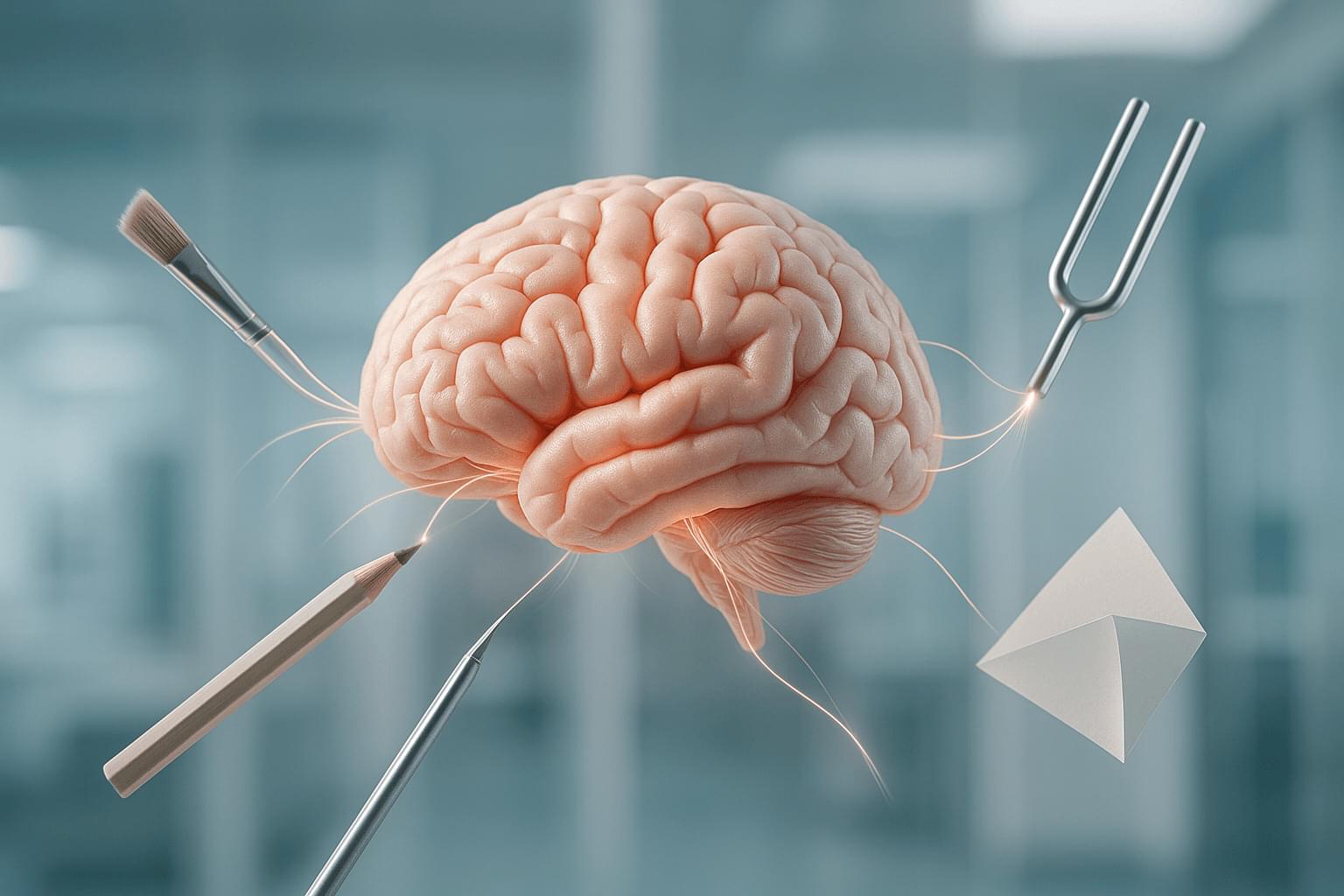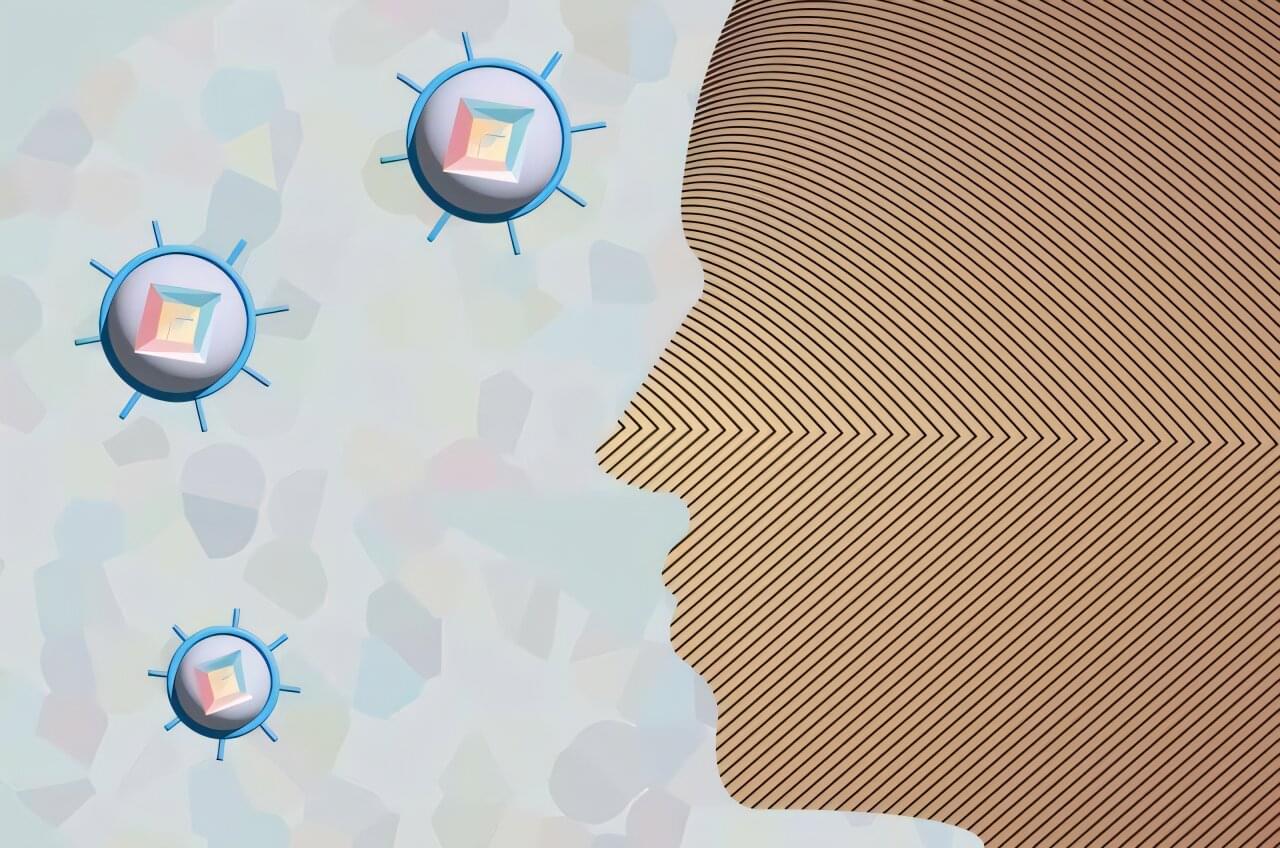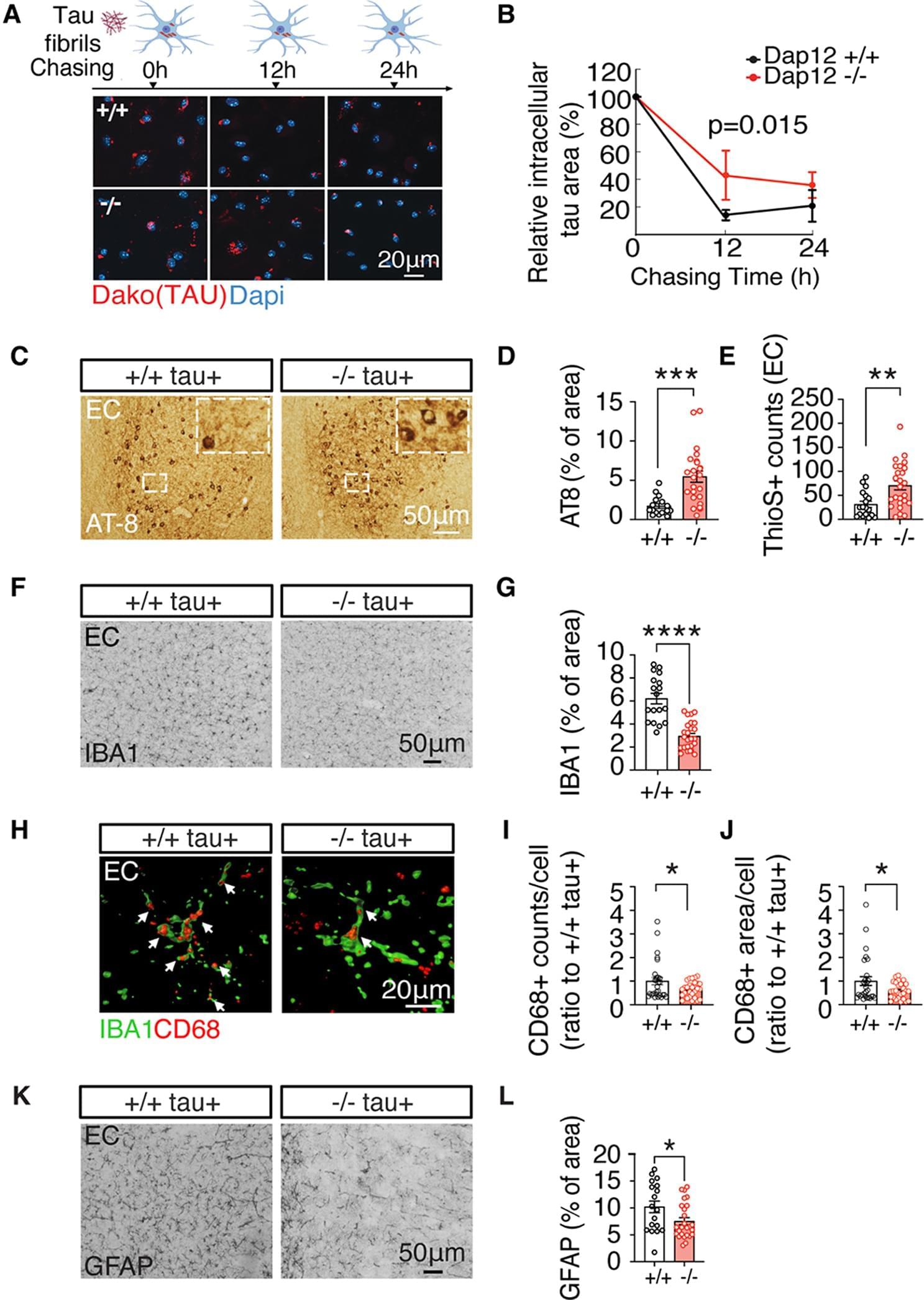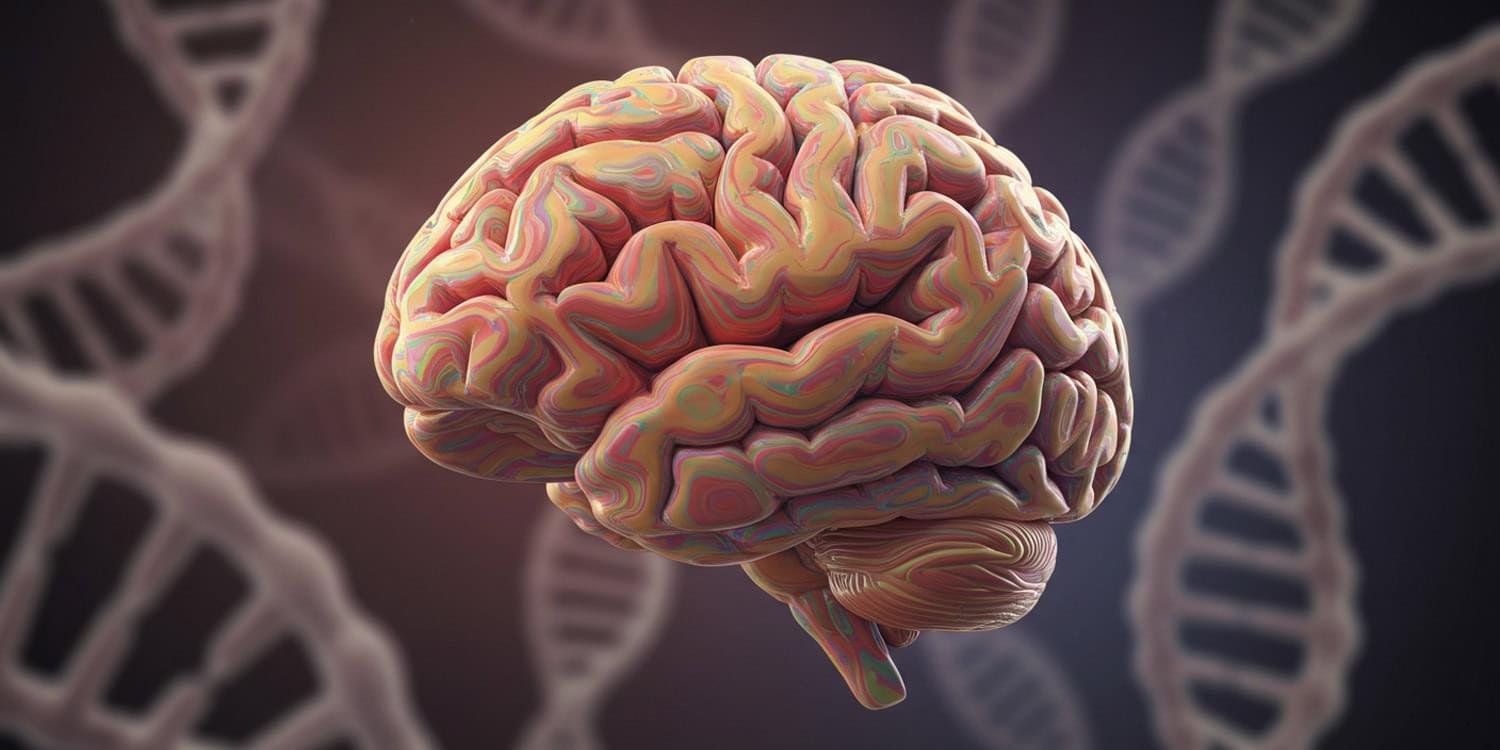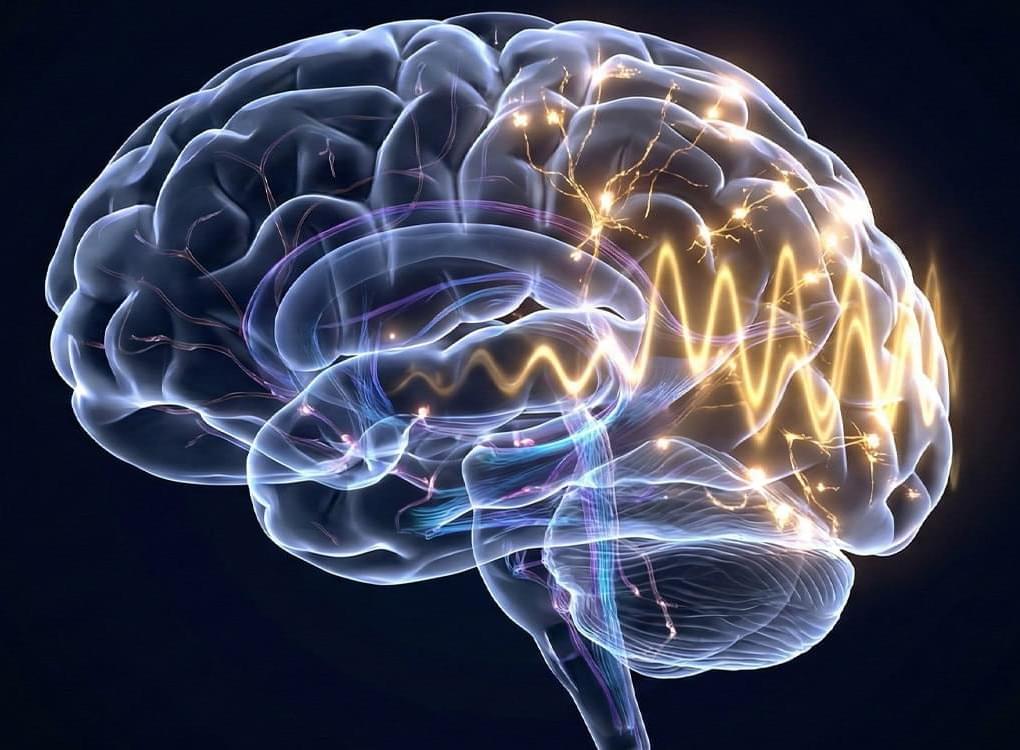ARMR’s experimental vaccine is designed to neutralize fentanyl in the bloodstream before it reaches the brain. Keeping fentanyl out of the brain would prevent the respiratory failure that comes with overdose, which causes death, as well as the euphoric high people get while taking fentanyl.
The basic idea behind ARMR’s shot is the same as any other vaccine. It trains the body’s immune system to make antibodies that recognize a foreign invader. But since fentanyl is much smaller than the pathogens our current vaccines target, it doesn’t trigger a natural antibody response on its own. To stimulate antibody production, ARMR has paired a fentanyl-like molecule with a ‘carrier’ protein—a deactivated diphtheria toxin that’s already used in several approved medical products…
…If a vaccinated person encounters fentanyl, antibodies in the blood would then bind to the drug and prevent it from traveling to the brain. Normally, fentanyl molecules can pass through the blood-brain barrier with ease, in part because of their small size. But fentanyl molecules with antibodies attached would be too big to get through. The result? No high and no overdose. The antibody-bound fentanyl molecules would eventually be passed in the urine.
The vaccine is based on work from the University of Houston, with collaborators at Tulane University designing an adjuvant derived from E.coli bacteria to boost the immune response to the vaccine. In rats, the shot blocked 92 to 98 percent of fentanyl from entering the brain and prevented the behavioral effects of the drug. The effects lasted for at least 20 weeks in the rats, which Gage thinks could translate to a year of protection in people.
ARMR Sciences of New York is trialing a vaccine in the Netherlands to protect against fentanyl-related overdose and death.
